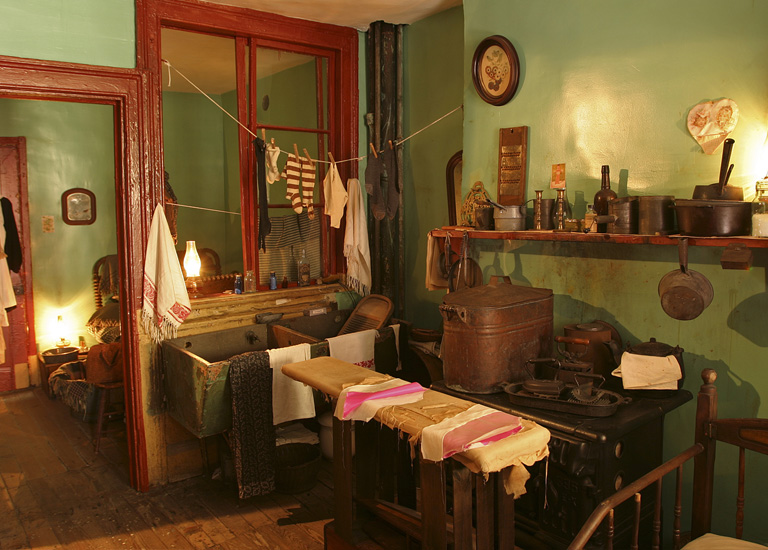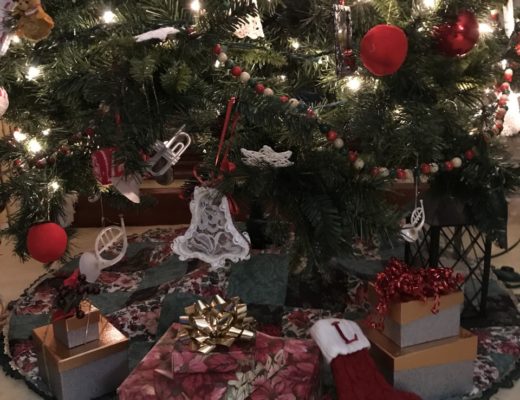 Researching my books is one of my favorite parts of the writing process, and last week I got to do just that. My musician husband, Ken, was performing in New York City, so I flew there with him for a short, five-day trip. Since his concert was in the Brooklyn Navy Yard, we stayed in a hotel just a few blocks from the historic Brooklyn Bridge (completed in 1883 and still used by commuters to Manhattan Island). A nice stroll or drive across that famous bridge offers great views of the city skyline, the new World Trade tower, and even the statue of Liberty.
Researching my books is one of my favorite parts of the writing process, and last week I got to do just that. My musician husband, Ken, was performing in New York City, so I flew there with him for a short, five-day trip. Since his concert was in the Brooklyn Navy Yard, we stayed in a hotel just a few blocks from the historic Brooklyn Bridge (completed in 1883 and still used by commuters to Manhattan Island). A nice stroll or drive across that famous bridge offers great views of the city skyline, the new World Trade tower, and even the statue of Liberty.
I grew up in a small town in the Mid-Hudson Valley just north of New York City, so the trip also gave me a chance to visit my sister Peggy, who drove down to spend the day with me while Ken rehearsed. We decided to take the subway to Manhattan to visit the Tenement Museum on the Lower East Side and research the American immigrant experience for a future book. Wow! The museum turned out to be a treasure trove of information and experiences, and definitely worth a visit. (www.tenement.org)
The museum is housed in a tenement that was home to more than 7,000 people from over 20 nations between 1863 and 1935. The guided tours through the building and its recreated apartments and shops include a range of topics such as Hard Times, Sweatshop Workers, Shop Life, and Foods of the Lower East Side. Peggy and I had time for only one tour, so we’ll definitely be returning for a second visit.
 My sister had accompanied me on an earlier research trip to Ellis Island a few years ago when I was writing Until We Reach Home, and we were amazed by what our great-grandparents must have endured when they emigrated from Germany in the 1870s. We even found the record of their landing on Ellis Island. This time, the tour of the Tenement Museum gave us the next chapter of their story. The Lower East Side was known as “Little Germany” and this tenement building became a home away from home for new German immigrants, a place where they could eat familiar foods, talk with their fellow countrymen, and network for job opportunities.
My sister had accompanied me on an earlier research trip to Ellis Island a few years ago when I was writing Until We Reach Home, and we were amazed by what our great-grandparents must have endured when they emigrated from Germany in the 1870s. We even found the record of their landing on Ellis Island. This time, the tour of the Tenement Museum gave us the next chapter of their story. The Lower East Side was known as “Little Germany” and this tenement building became a home away from home for new German immigrants, a place where they could eat familiar foods, talk with their fellow countrymen, and network for job opportunities.
My great-grandparents must have been relieved to find a German-speaking community to help them adjust to their new country. They eventually moved to rural Pennsylvania where my great-grandfather farmed and worked as a carpenter. But for the immigrants who stayed in New York to live in the tenements and work in factories and sweatshops, life was depressingly difficult. The fact that so many stuck it out and made new lives for themselves and their families is a tribute to their hearty spirits and determination.
I still don’t know when or how my experiences at the Tenement Museum will make their way into a future book—but they will! In the meantime, I’d love to hear your ancestors’ stories of coming to America. You can go to my website, www.lynnaustin.org to share them with me. When my friend Maggie shared her Swedish great-grandmother’s experiences I used some of them in my novel Until We Reach Home. So who knows—your family’s story just might make it into one of my future books, too.



